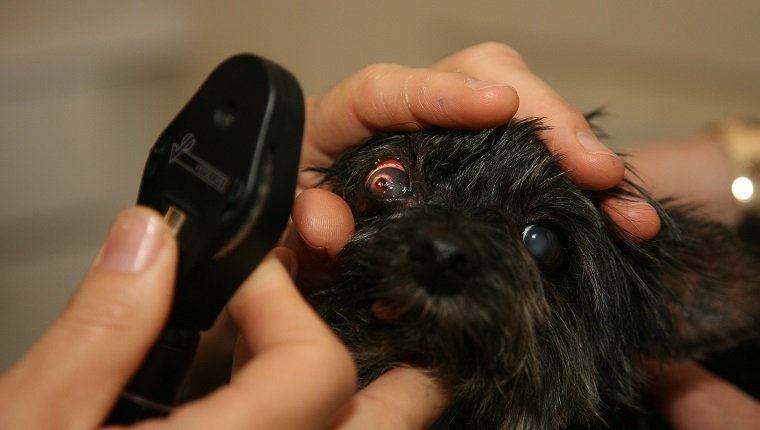Pink eye in dogs, also known as “red eye” or conjunctivitis, is an itchy inflammation of the tissue in the inner eyelids and the whites of the eyes. Treatment of conjunctivitis is important because the condition can result in pain, blindness, and further infection in canines if left untreated.
Conjunctivitis in dogs may look the same as pink eye in humans,…









